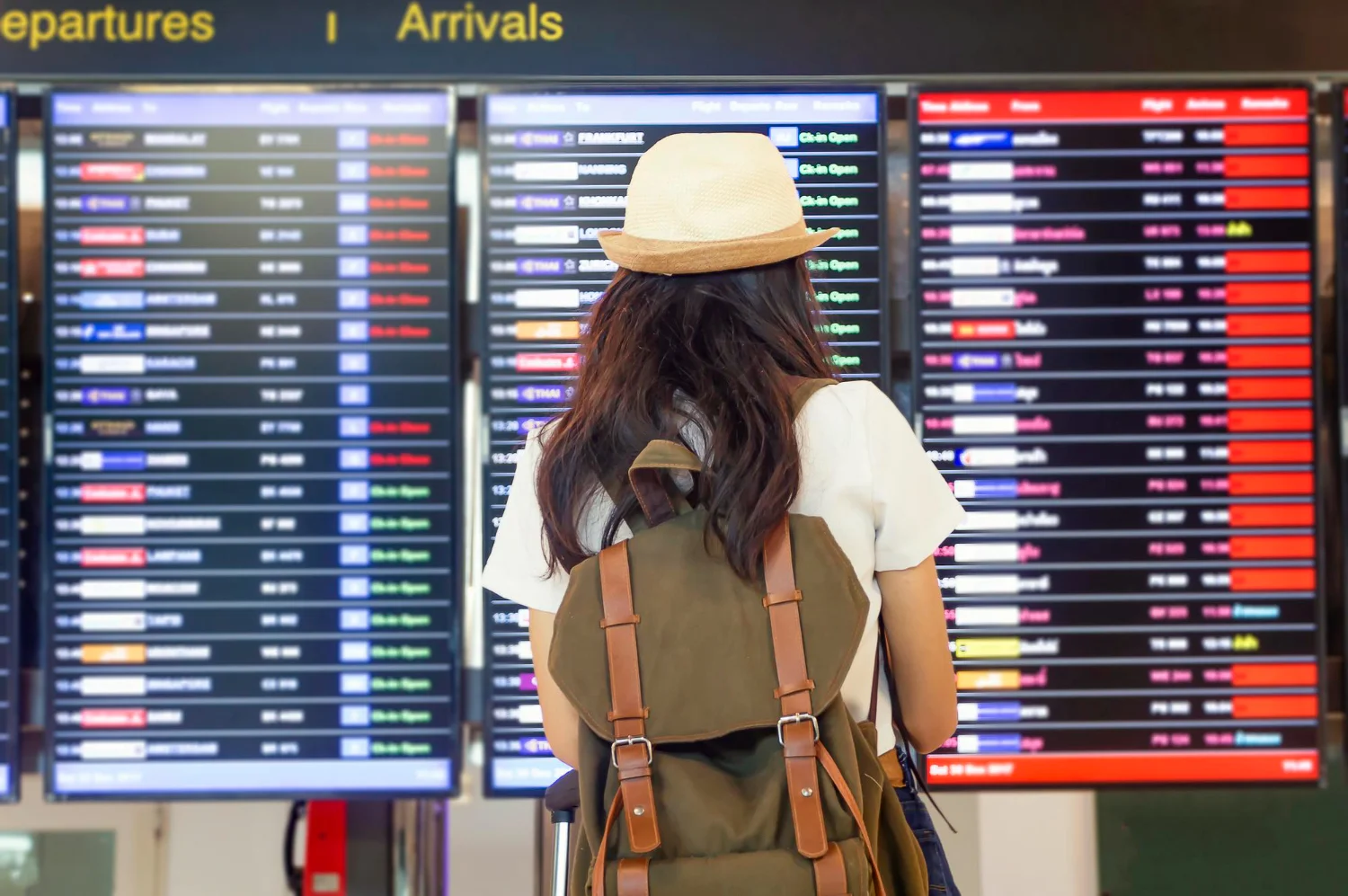Imagine being on a flight, cruising smoothly at 30,000 feet, when suddenly, an emergency forces the plane to change course. This happened with United Airlines Flight UA770 emergency diversion status. The emergency raised questions about the safety of passengers and the cause of the diversion. As news spread, many people wanted to know more about the status of United Airlines Flight UA770. Let’s dive into what happened, why the plane diverted, and what the current status is.
Understanding the Incident: United Airlines Flight UA770 Emergency Diversion Status
What Led to the Emergency Diversion of United Airlines Flight UA770?
On [insert date], the emergency diversion status of United Airlines Flight UA770 became a topic of discussion. The flight was traveling from [origin] to [destination] when the crew encountered an unexpected emergency. The plane was flying at [altitude] when the captain decided to divert. The cause of the emergency was [explain cause—medical emergency, technical issue, etc.]. The crew decided to divert to ensure everyone’s safety.
Why Immediate Action Was Crucial
In aviation, safety always comes first. The crew aboard United Airlines Flight UA 770, which had an emergency diversion status, reacted quickly. They contacted air traffic control to request a diversion to the nearest airport. Such quick actions help prevent situations from escalating and ensure passengers’ safety.
The Aftermath: United Airlines Flight UA770 Emergency Diversion Status
Flight Status After the Diversion
Once the crew initiated the diversion, United Airlines Flight UA770 emergency diversion status landed safely at [airport name]. Emergency responders were on standby. Thankfully, no injuries occurred, and the situation was quickly under control. The airline conducted a thorough inspection of the aircraft. They confirmed the plane was safe to continue flying. Passengers received updates, and alternative arrangements were provided when necessary.
Passenger Experience During the Diversion
For passengers on United Airlines Flight UA 770, the emergency diversion status was likely unsettling. However, the flight crew kept passengers informed throughout the process. Clear communication reassured passengers and helped them feel secure. In such situations, everyone needs to remain calm and follow the crew’s instructions.
What Happens Next After the Diversion?
After safely landing, United Airlines Flight UA770’s emergency diversion status was inspected and cleared. The airline provided passengers with options for rebooking or alternate travel. United Airlines responded promptly, ensuring the diversion had minimal impact on travelers’ schedules. They also offered compensation where necessary, showing a commitment to passenger care.
Technology’s Role in Emergency Diversions
How Technology Helps Manage Diversions
Modern technology plays a key role in preventing and managing emergencies. During United Airlines Flight UA770 emergency diversion status, advanced systems provided the crew with essential data. Weather monitoring, onboard diagnostics, and communication systems helped pilots make informed decisions. These tools ensured the flight crew could handle the situation safely.
Coordinating With Air Traffic Control
Air traffic controllers played a vital role in guiding United Airlines Flight UA770 to a safe landing after an emergency diversion. They worked closely with the flight crew, directing the plane to the nearest airport. This coordination helped ensure a smooth diversion and minimized any risk to passengers.
Conclusion: Prioritizing Safety and Quick Action
The United Airlines Flight UA770 emergency diversion status serves as a reminder of how critical safety measures are in aviation. The quick thinking and professionalism of the crew ensured the safe landing of the plane. While diversions can be unsettling, incidents like United Airlines Flight UA 770 emergency diversion status show that the airline and its staff are fully prepared to manage emergencies. They put passenger safety above all else, making sure everyone was taken care of during the event.


